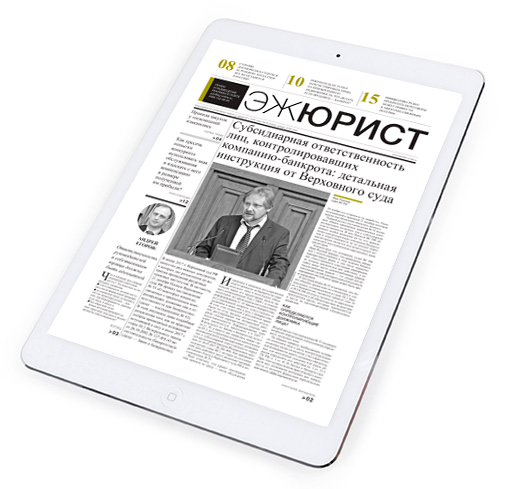Bankruptcy of individuals. What is the path of practice?
For a long time in Russia, despite the active development of the credit system, there was no institution of bankruptcy of individuals. This created numerous problems for citizens unable to fully or partially fulfill their debt obligations. The legal community and politicians have long discussed the need to introduce the institution of bankruptcy of individuals in the country. In the end, the Federal Law «On the Resolution of the Features of Insolvency (Bankruptcy) in the Territories of the Republic of Crimea and the City of Federal Significance of Sevastopol and on Amending Certain Legislative Acts of the Russian Federation» dated June 29, 2015 №154-FZ was adopted. It introduced the institute of bankruptcy of individuals into the law of 26.10.2002 №127-FZ. Let us analyze how the practice of applying the new provisions develops in last two years.
Опубликовано:«ЭЖ-Юрист» №20 (971) 2017
Материал для подписчиков издания «ЭЖ-Юрист». Для оформления подписки на электронную версию издания перейдите по ссылке.

ЭЖ-Юрист
Российская правовая газета, издается с 1998 года. Освещает новости законодательства, практику применения законов и нормативных актов, судебную практику по различным отраслям права, предлагает аналитику наиболее актуальных вопросов правоприменения, отвечает на вопросы читателей.
